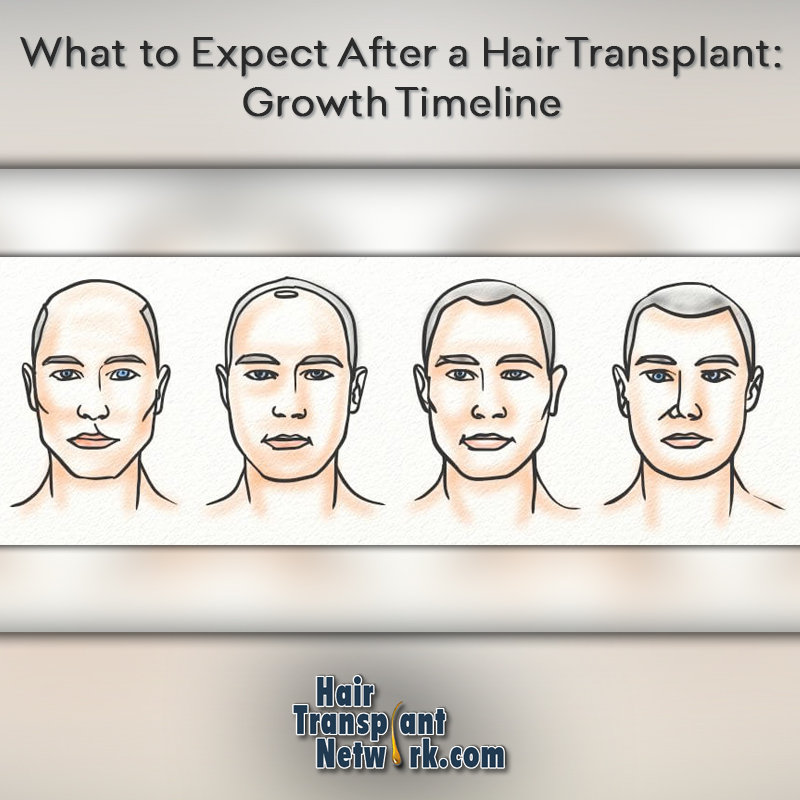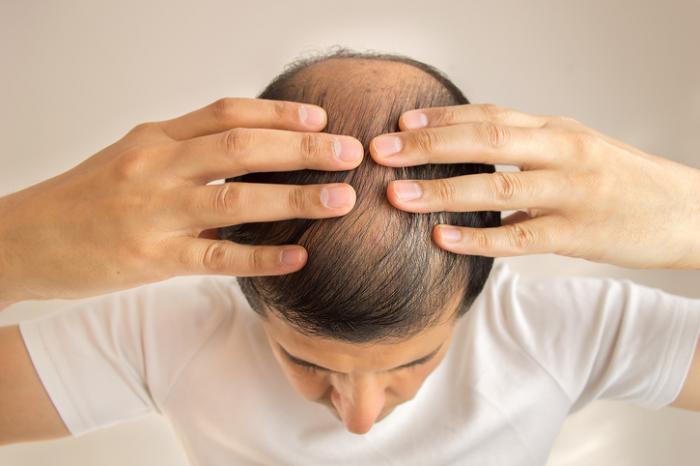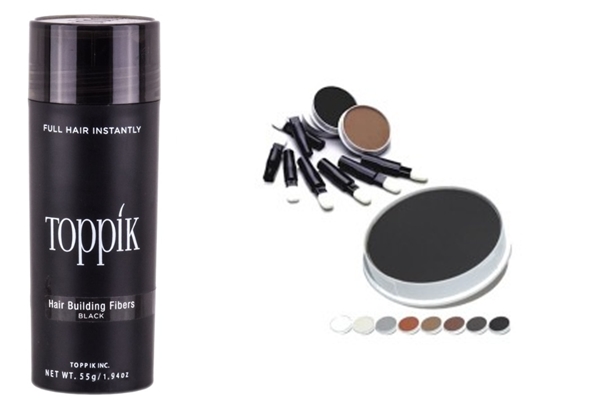
Hair transplant surgery has become increasingly popular over the last few years namely because today’s modern hair restoration surgeons are performing larger, more densely packed sessions of ultra refined follicular unit grafting with outstanding results. But what can you expect after the surgical procedure? Are the results immediate? What is the healing process like? How long does it take for the new hair to grow? Why do the initial transplanted hairs shed after only a few weeks? When does the hair grow back? These are all viable questions that we will be answering in this article by providing a timeline.
A Day After Hair Transplant Surgery
Immediately after surgery, the transplanted area will be pink in color with the formation of scabs around the follicular unit grafts. Patients will likely experience some mild discomfort or nominal pain in both the donor and recipient areas along with tightness of the scalp and numbness. The hair restoration physician selected will have provided postoperative instructions on how to shower and take care of the grafted area.
A Week After Hair Restoration Surgery
Within the first week, most of the tiny scabs and redness will dissipate, as will any remaining discomfort or pain. Most hair transplant patients begin to resume normal activities such as going to work, light exercise, etc. Any numbness from the procedure will have worn off however, there may be some ongoing scalp tightness especially if the patient has undergone FUSS (Follicular unit strip surgery).
Removing The Sutures after 10 to 14 days:
If FUSS was elected, the sutures or staples are removed 10 days after hair transplant surgery. Surgeons stitch or use staples to keep the donor region closed and are removed typically after 10 to 14 days.
Hair shedding 4 to 6 weeks after surgery
Typically between 4 to 6 weeks, the transplanted hair will begin to shed, leaving the recipient area looking as it did prior to surgery. In fact, the recipient area may look even thinner due to a phenomenon which is known as shock loss or telogen effluvium, which is a temporary loss of natural hair due to surgical trauma. But don’t worry, all shocked hair and transplanted hair will begin to grow back after only a few months.
2 Months After Hair Surgery
Welcome to the doldrums, where the recipient area typically looks worse than it did prior to surgery. Many patients experience panic, mild depression and anxiety during the stage due to doubt and disbelief that they might not experience the results they want and deserve. Many patients alleviate their concerns by posting their questions and getting answers from veterans hair transplant patients on the hair restoration forum.
4 Months After Hair Transplantation
At this stage, most patients experience new hair growth and the transplanted area begins to look fuller and better than it did prior to surgery. Patients are typically filled with hope and enjoy posting pictures and videos of their new sprouts on the discussion forum. This generates excited replies and more enthusiasm for the patient.
6 Months After Surgical Hair Restoration
The hair restoration patient will likely be experiencing a lot of hair growth at this time and begin to see the beginning of what the final result will look like. At 6 months, the patient will likely see about 60% of their results and while most of the new hairs have started to grow, the hairs still need to thicken, darken and mature. Moreover, most of the shocked hair has at least started to grow back.
9 Months After Hair Replacement Surgery
Even slow growers begin to see a foreshadowing of their final result and those who grow quickly will see approximately 80% of their result. Most of the transplanted hair at this stage will have obtained the same quality and caliber as natural hair.
After 12 months: The Final Result?
This is typically when most individuals experience their final hair transplant result. All the hair has grown in, matured, thickened and darkened. Moreover, any shocked hair will have completely returned and everything will have completely healed. However, slow growers may still experience growth and maturation up until their 18th month.
After 18 Months: Evaluating The Result
A hair transplant patient can safely evaluate their results at this stage. Those who expressed some concern at 12 months should wait a full 18 months before deciding whether or not their result was optimal. However, selecting a top hair transplant surgeon should minimize any risk and ensure they get the best results. That said, even if the result is optimal, some patients require more than one procedure to meet their hair restoration goals. Those who want or need a second procedure typically proceed at this stage in obtaining one.
Conclusion
A hair transplant is a process and does not provide immediate results. Therefore, a patient should know what to expect prior to undergoing the procedure in order to minimize depression, anxiety, and panic. Those with concerns should immediately contact their surgeon or look for answers and support at the Hair Transplant Network. The key to a successful hair transplant results is research and education.






